Large reptiles can be fascinating pets that bring joy and wonder to your home, but they also require specialized care and handling to ensure both your safety and their well-being. Unlike traditional pets like cats and dogs, reptiles have unique needs and behaviors that owners must understand and respect. From powerful constrictors to massive monitors and intimidating crocodilians, these animals demand proper knowledge, preparation, and ongoing education. This guide will walk you through everything you need to know about safely coexisting with these magnificent creatures in your home.
Understanding Your Reptile’s Natural Behavior
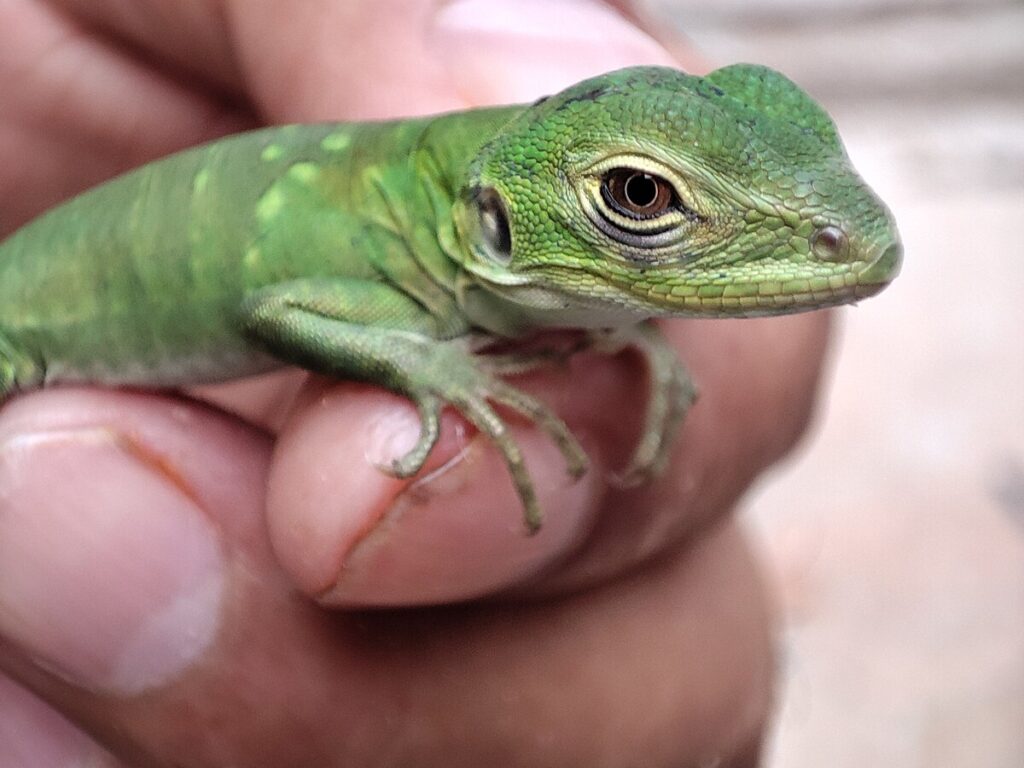
Before bringing home any large reptile, it’s essential to thoroughly research and understand the natural behaviors and instincts of your chosen species. Reptiles don’t display affection like mammals do – they tolerate handling at best, and their actions are primarily driven by instinct rather than emotion. Many behaviors that might seem aggressive, such as hissing or posturing, are actually defensive responses from an animal that feels threatened or stressed. Learning to read your reptile’s body language is crucial for safe interaction, as subtle signs like puffing up, tail twitching, or specific head positions can indicate discomfort or potential aggression. By respecting these natural behaviors and not expecting your reptile to conform to mammalian pet standards, you’ll develop a more harmonious relationship with your scaly companion.
Creating the Proper Housing Environment
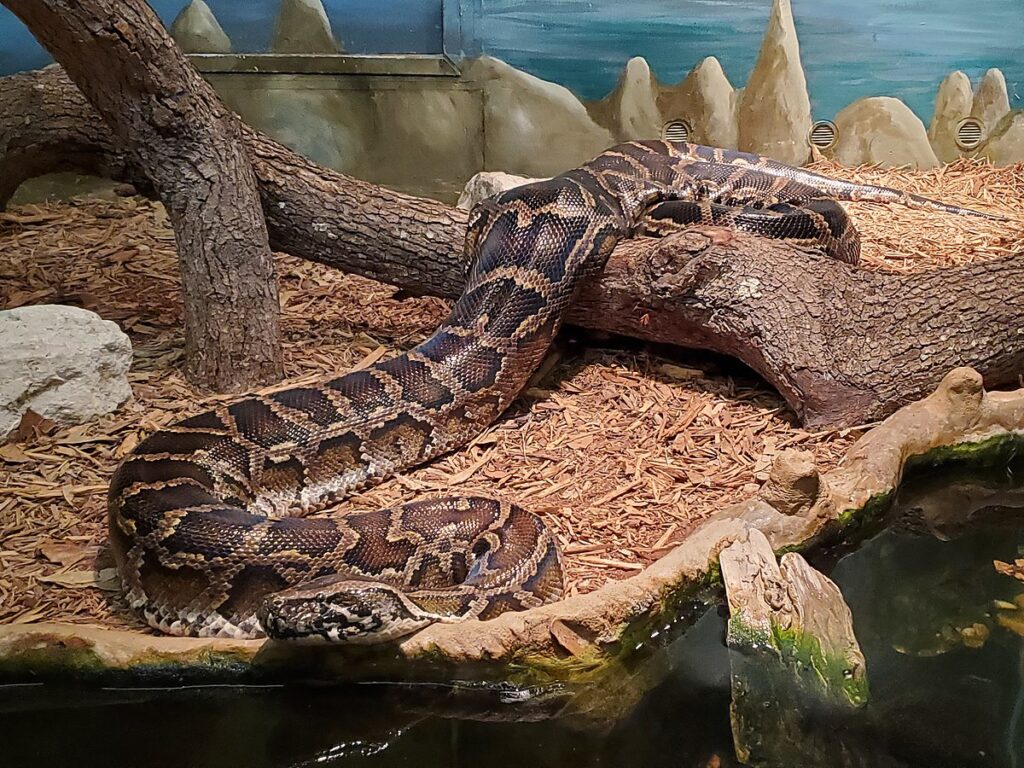
Large reptiles require spacious, secure enclosures that meet both their physical and psychological needs, which can be a significant investment of space and money. A proper enclosure should allow your reptile to fully stretch out, climb if the species is arboreal, and maintain appropriate temperature gradients essential for thermoregulation. Security is paramount – enclosures must have robust locks and escape-proof designs, as even a brief escape can lead to serious consequences for both the reptile and household members. The housing should include appropriate substrate, hiding spots, climbing structures, and water features specific to your reptile’s natural habitat. Remember that as your reptile grows, its housing requirements will change, often requiring considerable space that might necessitate dedicating an entire room to your pet in some cases.
Essential Safety Equipment for Reptile Keepers
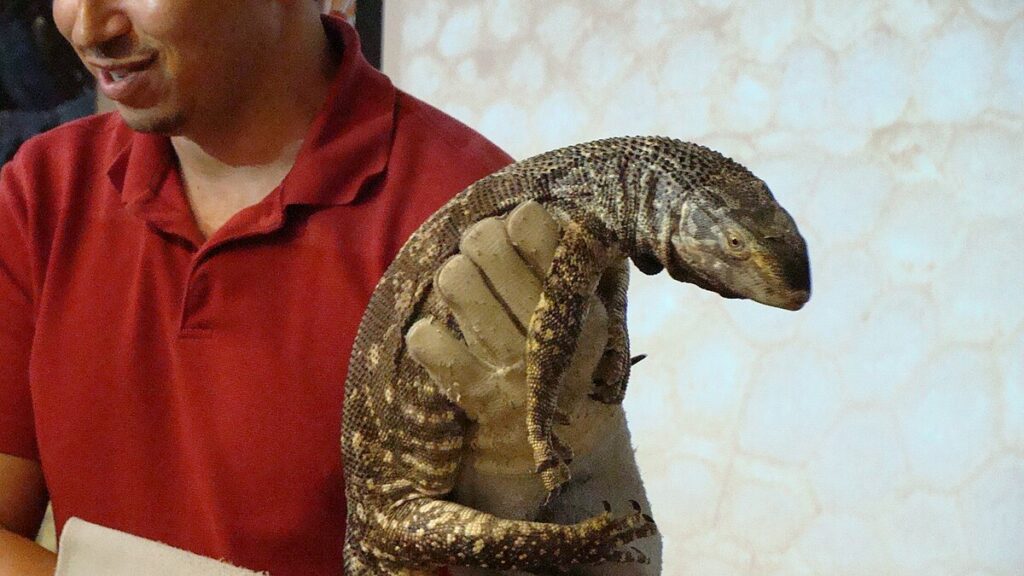
Properly equipping yourself for reptile handling is non-negotiable for keepers of large species. Thick leather gloves are essential when working with species known for biting or scratching, though they should not be relied upon as your only safety measure. Snake hooks or tongs provide a safe distance when moving or redirecting potentially dangerous species, allowing you to maintain control without direct contact. For extremely large species like large pythons or monitors, having multiple handlers present is crucial, particularly during feeding times or when removing the animal from its enclosure. A well-stocked first aid kit specifically designed for reptile-related injuries should always be readily accessible, containing antiseptics, bandages, and contact information for emergency veterinary services that treat exotic animals. These tools aren’t just precautionary—they’re fundamental to responsible reptile keeping.
Establishing a Safe Handling Routine
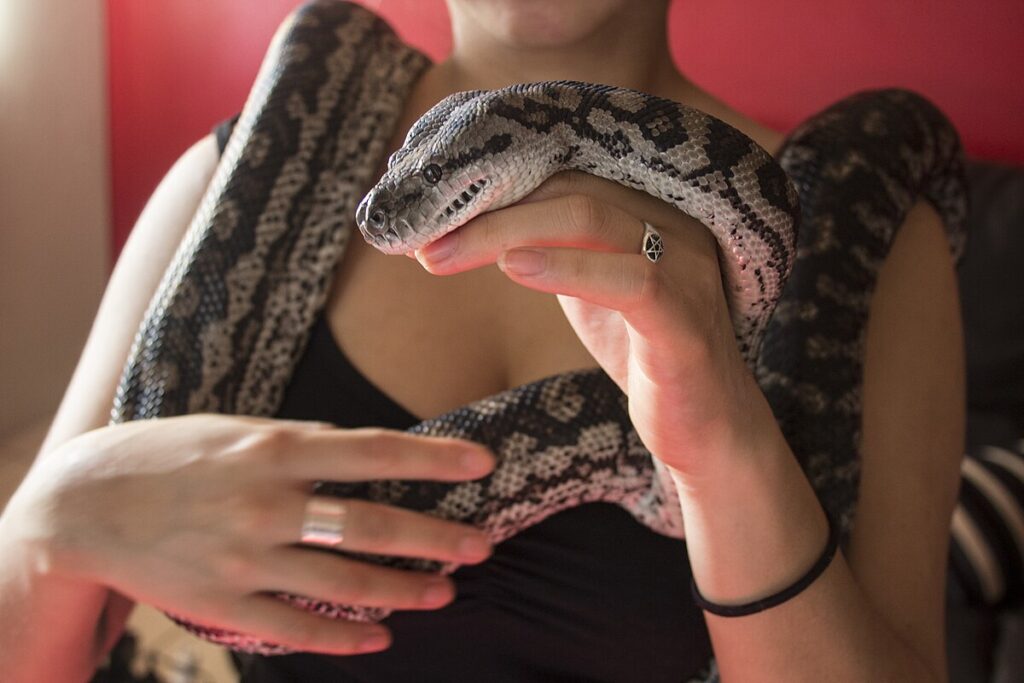
Consistent handling routines help build trust and predictability for your reptile, making interactions safer and less stressful for both of you. Always approach your reptile calmly and confidently, avoiding sudden movements or loud noises that might trigger defensive responses. For larger species, it’s best to begin handling sessions when they’re young and manageable, gradually increasing duration as they grow and become accustomed to human contact. Never handle a reptile immediately after feeding, as this can cause regurgitation or increase aggressive responses associated with feeding behaviors. Similarly, avoid handling during shedding periods when reptiles often experience decreased visibility and increased irritability. By establishing these patterns early and consistently, you create a foundation for safer interaction throughout your reptile’s life.
Proper Lifting and Support Techniques
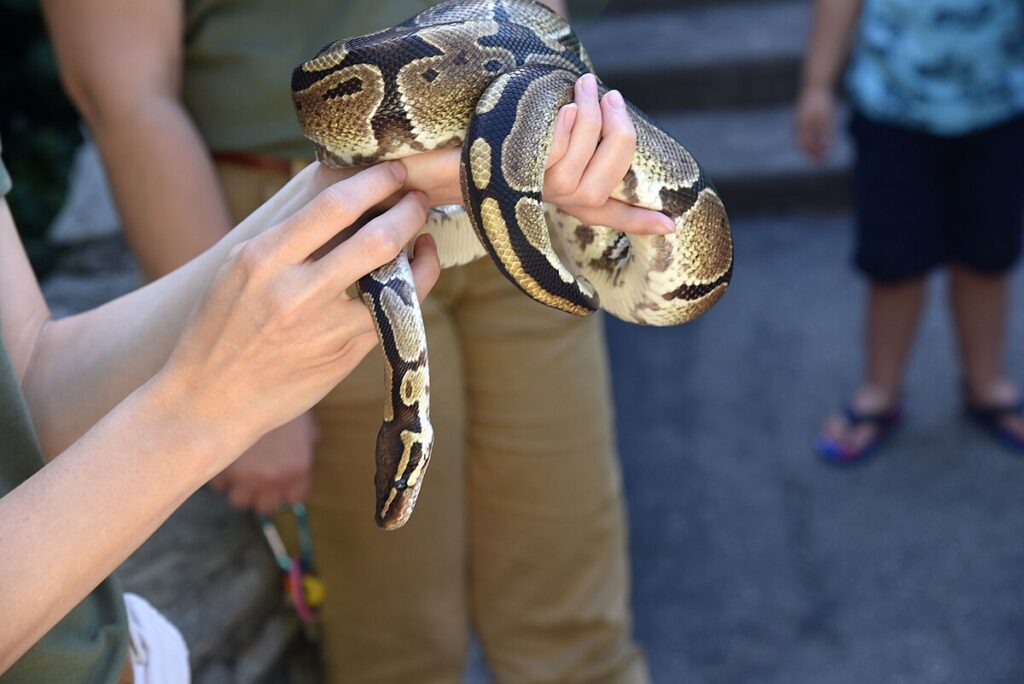
The way you physically support your reptile can make the difference between a calm interaction and a stressful or dangerous situation. Large snakes require support along their entire body length, never allowing more than a third of their body to hang unsupported, which could cause internal injury or trigger a defensive response. For large lizards like monitors or iguanas, support the body under the chest and hindquarters while being mindful of their powerful tails, which can deliver painful strikes if the animal feels insecure. Never pick up reptiles by their tails, as this can cause vertebral damage and tissue separation in many species. When handling crocodilians, even smaller species, professional training is essential, as these animals require specialized restraint techniques that prioritize control of the head and jaw while maintaining proper body support.
Recognizing Signs of Stress and Aggression
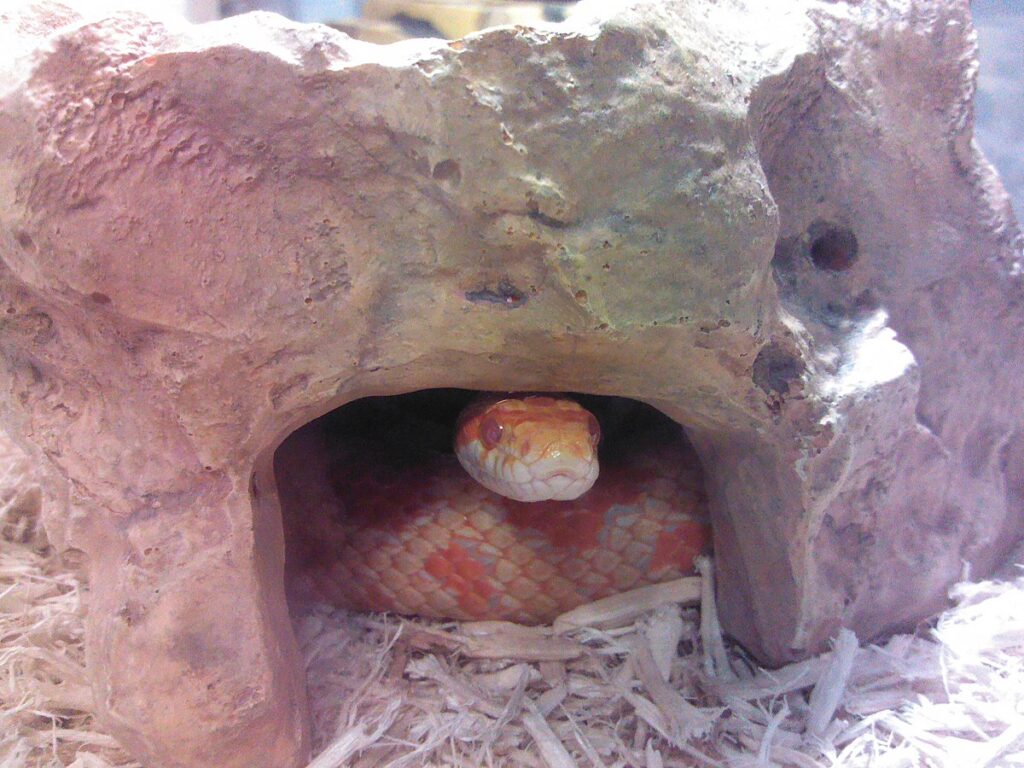
Learning to identify when your reptile is displaying signs of stress or aggression is crucial for preventing bites or other defensive behaviors. Common stress indicators include rapid breathing, puffing up the body, hissing, gaping (opening the mouth wide), tail whipping, or attempting to flee rapidly. More subtle signs might include color changes, refusing food, excessive hiding, or unusual posturing. Aggression signals vary by species but often include direct staring, raising the head or front portion of the body, inflating the throat, or positioning for a strike or bite. It’s important to understand that these behaviors aren’t signs of a “bad” reptile but natural responses to perceived threats or discomfort. Immediately cease handling when these signals appear, carefully return the animal to its enclosure, and reassess your approach to determine what might have triggered the response.
Feeding Safety Protocols
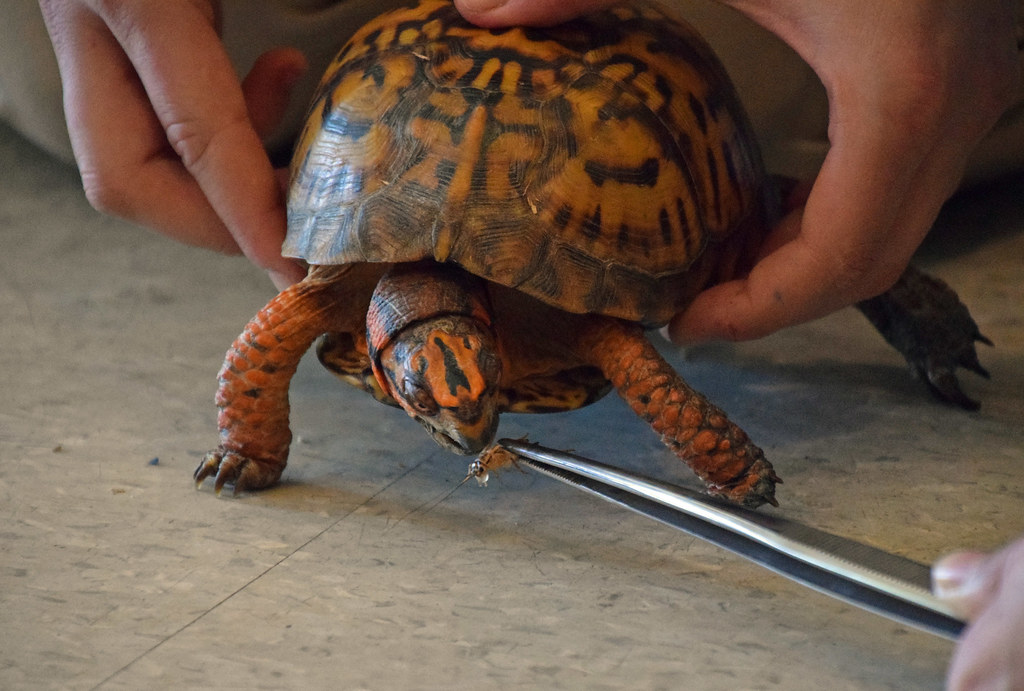
Feeding time presents heightened risks when keeping large reptiles, as many species become more aggressive or less discriminating about what they bite during this period. Always use feeding tools such as long tongs or feeding forceps to maintain a safe distance between your hands and the reptile’s mouth, even with species you consider docile. For large constrictors or monitors, having an assistant present during feeding can provide an extra layer of safety should the animal become overly excited. Many experienced keepers recommend a dedicated feeding enclosure separate from the primary habitat, which helps prevent your reptile from associating your hands entering their enclosure with food, potentially reducing feeding-response bites. After feeding, allow adequate digestion time before handling—generally 24-48 hours for most species—to prevent regurgitation and reduce aggression associated with the feeding response.
Special Considerations for Giant Constrictor Species
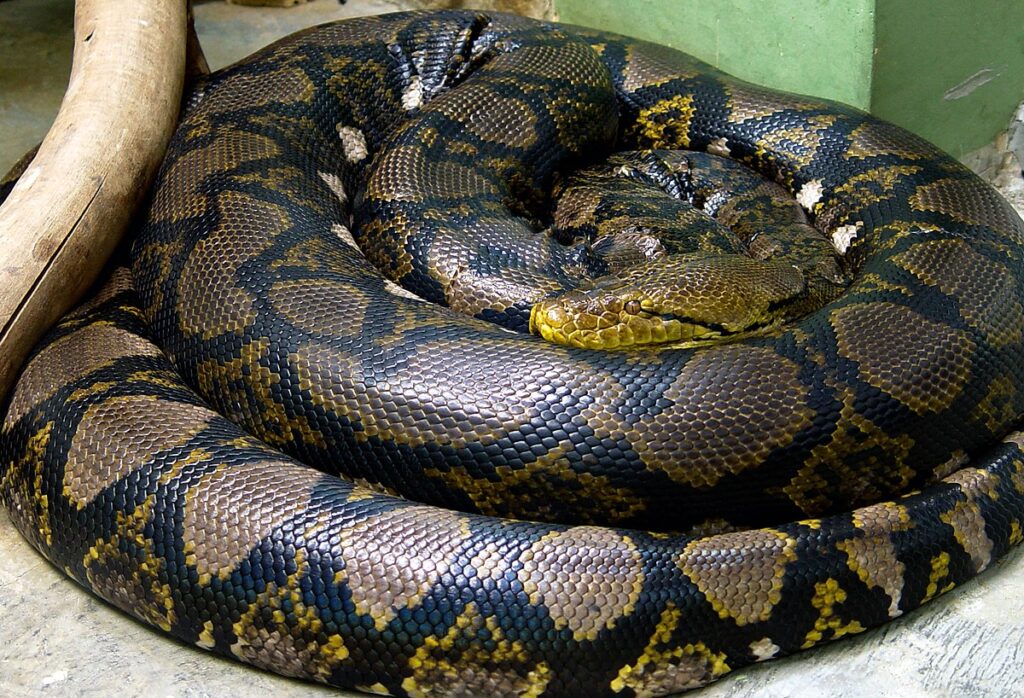
Giant constrictors like Burmese pythons, reticulated pythons, and anacondas require extra precautions due to their immense strength and potential size. The cardinal rule for these species is never to handle them alone once they exceed 8 feet in length, as even experienced keepers have suffered serious injuries or death when working solo with large constrictors. These snakes should be handled using the “one person per five feet of snake” rule to ensure adequate control and prevent the reptile from wrapping around your neck or chest, which could quickly become life-threatening. Specialized handling techniques, such as tube restraint methods for head control during examinations or treatments, may be necessary and should be learned from experienced mentors rather than attempted based solely on written instructions. Many localities now require permits, insurance, or even prohibit these species altogether due to safety concerns, so verify legal requirements before acquisition.
Monitor Lizard Handling Challenges
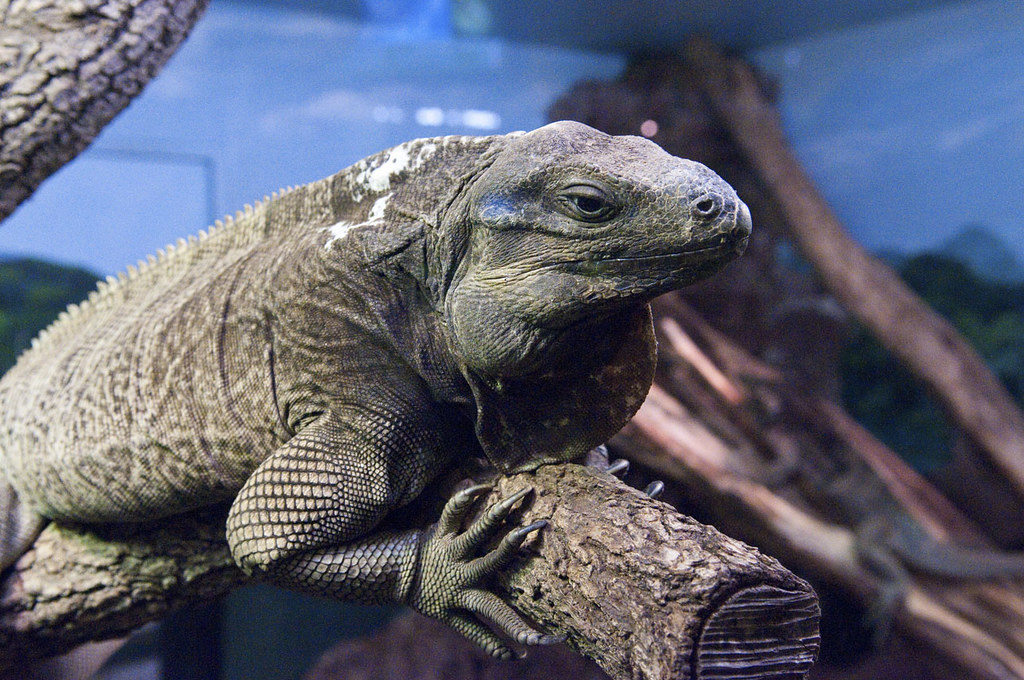
Monitor lizards present unique handling challenges due to their intelligence, strength, and formidable natural weapons. Species like Nile monitors, water monitors, and even smaller varieties possess sharp claws, powerful tails, and bacteria-laden bites that can cause severe infections if proper precautions aren’t taken. Unlike many reptiles, monitors are actively intelligent and may test boundaries or learn ways to escape enclosures, requiring constant vigilance and enclosure assessment. When handling monitors, wear appropriate protective gear including thick leather gloves and long sleeves, while being particularly mindful of their tails, which can deliver whip-like strikes capable of breaking skin or causing eye injuries. Many experienced keepers use target training and positive reinforcement techniques to reduce the need for physical restraint, creating safer interaction patterns through building trust rather than forcing compliance.
Hygiene and Zoonotic Disease Prevention
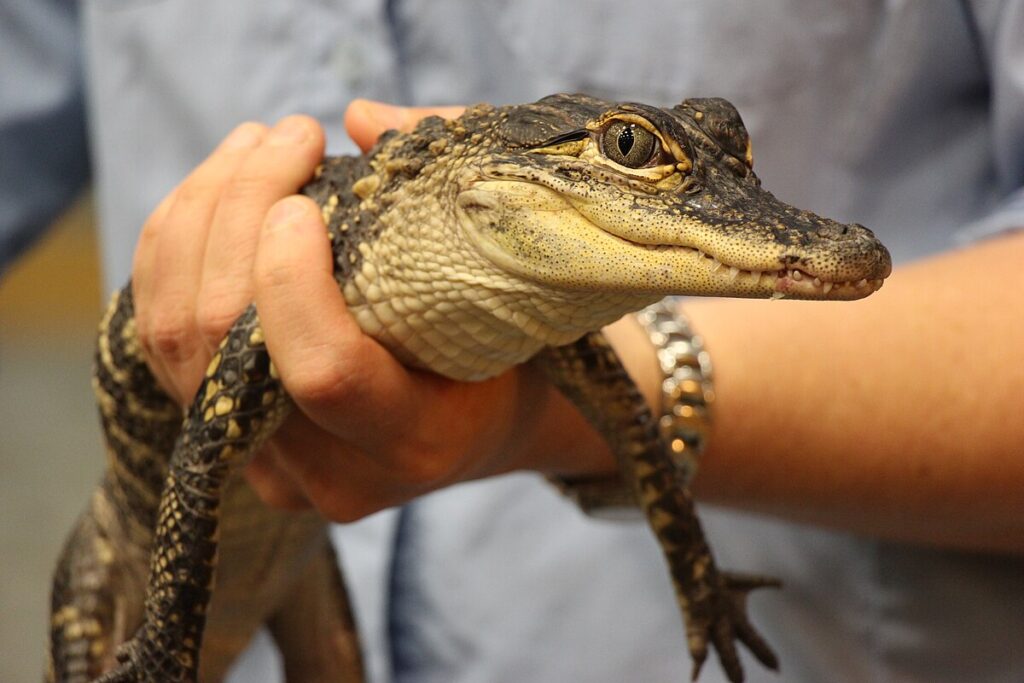
Large reptiles can carry various pathogens that pose health risks to humans, making proper hygiene essential for safe keeping. Salmonella is perhaps the most well-known reptile-associated pathogen, but others include E. coli, Campylobacter, and various parasites that can affect human health. Always wash hands thoroughly with antibacterial soap before and after handling your reptile or cleaning its enclosure, and consider designating specific clothing for reptile handling that doesn’t enter food preparation areas. Maintain separate cleaning tools for reptile enclosures, and disinfect these tools after each use with appropriate reptile-safe disinfectants. Those with compromised immune systems, pregnant women, very young children, and elderly individuals should exercise extra caution around large reptiles, potentially limiting direct contact due to increased vulnerability to zoonotic infections.
Emergency Response Planning

Having a well-thought-out emergency plan is crucial when keeping large reptiles, as quick response can mean the difference between a minor incident and a serious injury. Create a detailed written protocol for potential emergencies including bites, constriction events, or escapes, and ensure all household members are familiar with these procedures. Keep contact information readily available for exotic animal veterinarians, local reptile rescue organizations, and animal control agencies that can assist in an emergency. For venomous species (which are not recommended for inexperienced keepers), identify the nearest hospital with antivenom capabilities and keep species-specific bite protocols posted visibly near the enclosure. Practice emergency scenarios occasionally, including proper techniques for unwrapping a constrictor or safely recapturing an escaped reptile, so these responses become automatic rather than panicked in a real emergency.
Legal and Ethical Considerations

The legal landscape surrounding large reptile ownership varies dramatically by location and is constantly evolving, making continuous awareness of regulations essential. Many states, counties, and municipalities have specific restrictions or outright bans on certain species, particularly large constrictors, monitors, and crocodilians, often requiring permits, liability insurance, or specialized facilities. Beyond legality, ethical considerations should guide your decision to acquire any large reptile, including honest assessment of your ability to provide appropriate lifetime care as these animals can live decades and grow to impressive sizes. Have a concrete long-term plan for your reptile’s care, including provisions in your will or arrangements with capable keepers should you become unable to continue caring for the animal. Responsible ownership also means never releasing unwanted reptiles into the wild, where they can become invasive species that damage local ecosystems, as seen with Burmese pythons in the Florida Everglades.
Continuing Education and Community Resources
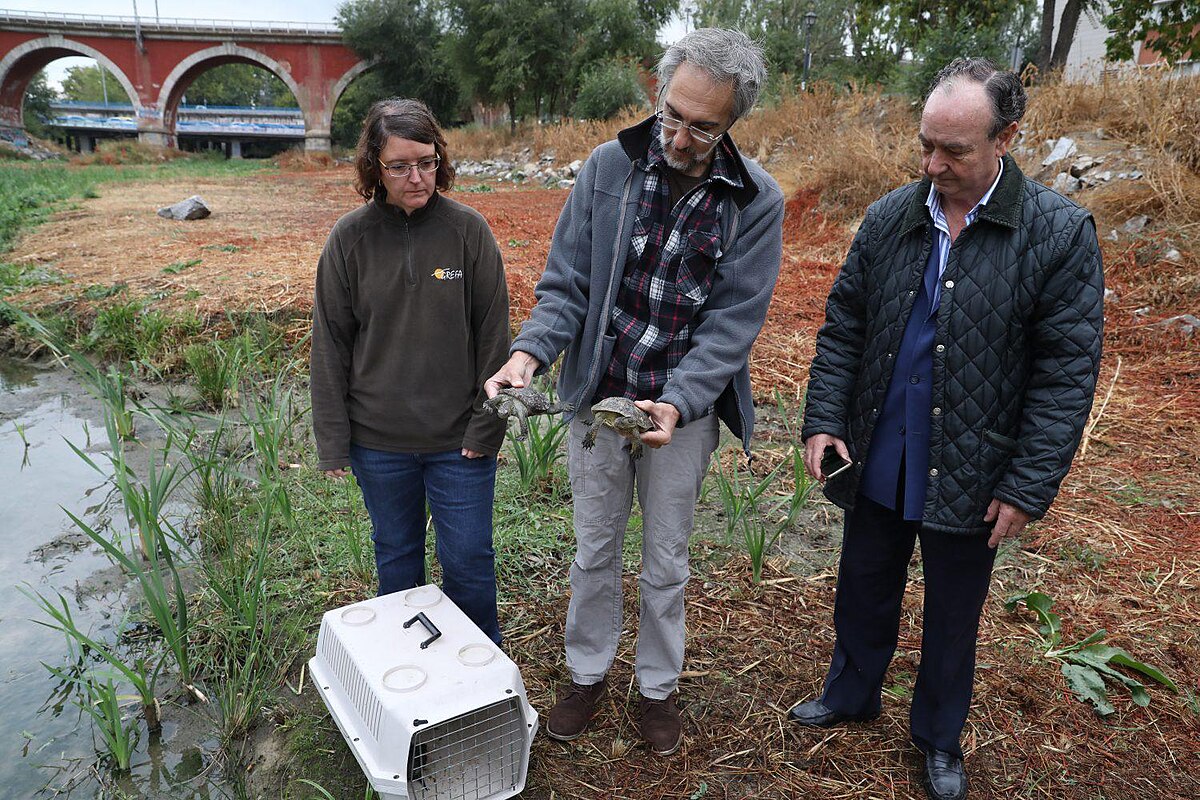
The field of reptile husbandry is constantly evolving, with new research continuously improving our understanding of best practices for these complex animals. Commit to ongoing education by joining reptile-specific forums, attending herpetological society meetings, and subscribing to reptile-focused publications that provide species-specific care information. Connecting with experienced mentors who have successfully kept your species for many years can provide invaluable guidance that goes beyond what books or online resources can offer. Many cities have reptile rescue organizations that offer workshops on proper handling and care, providing hands-on experience under expert supervision. These community connections not only improve your reptile-keeping skills but also provide emergency backup should you need temporary care assistance during vacations or personal emergencies.
Keeping large reptiles can be an immensely rewarding experience that creates a unique connection with these fascinating prehistoric creatures. However, this privilege comes with significant responsibility requiring ongoing commitment to safety, education, and proper care. By understanding your reptile’s natural behaviors, creating appropriate environments, using proper handling techniques, and preparing for potential emergencies, you can enjoy a long and harmonious relationship with your reptilian companion while minimizing risks to yourself and others. Remember that responsible reptile keeping extends beyond personal enjoyment to ethical stewardship of animals that depend entirely on your knowledge and care for their well-being. With the right approach, large reptiles can be safely kept as magnificent ambassadors of the natural world that enrich our lives and deepen our appreciation for wildlife.


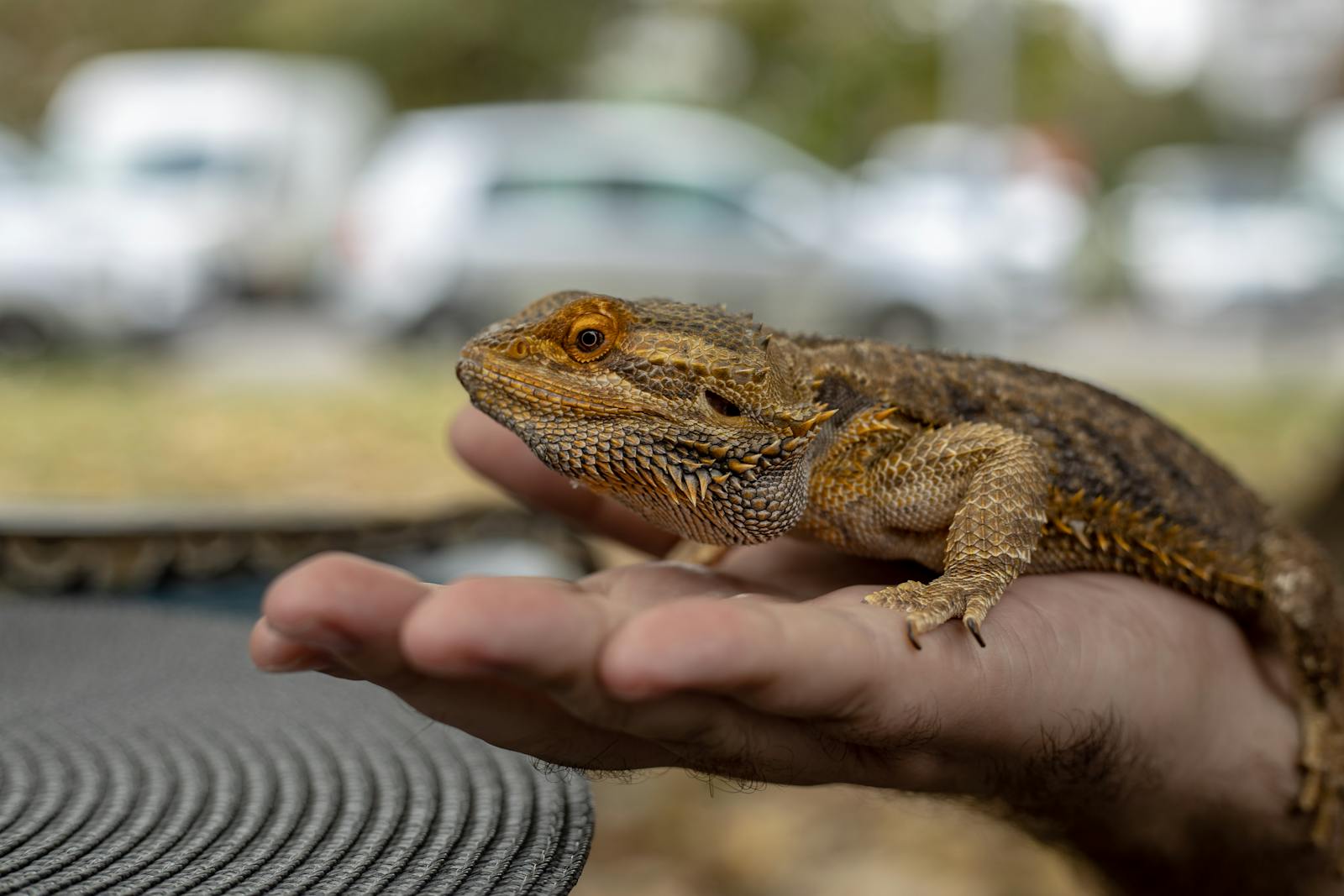
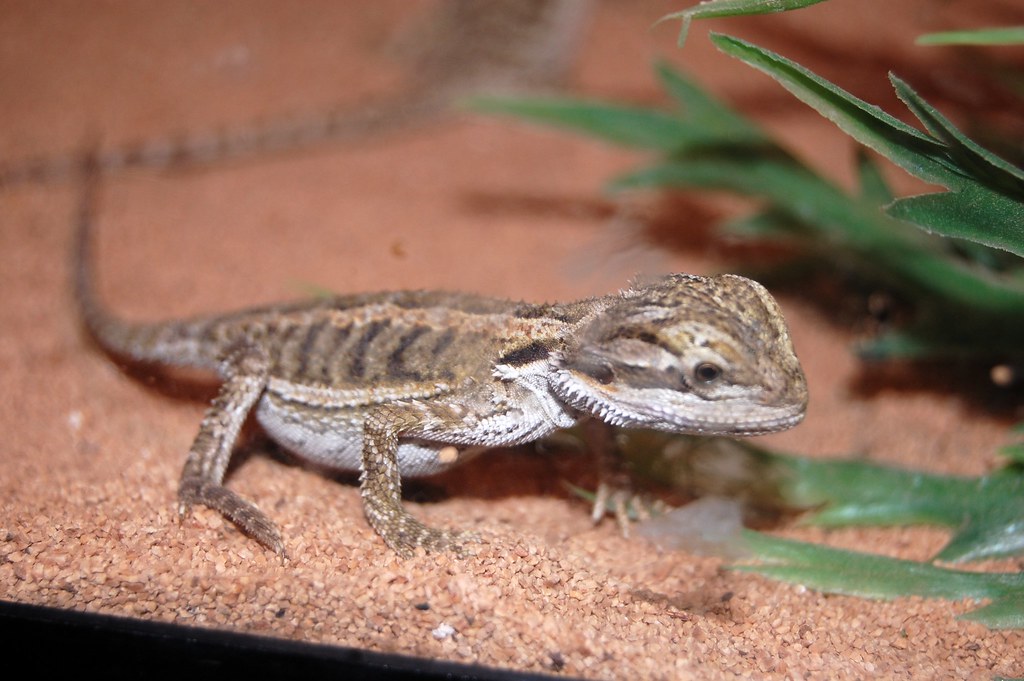
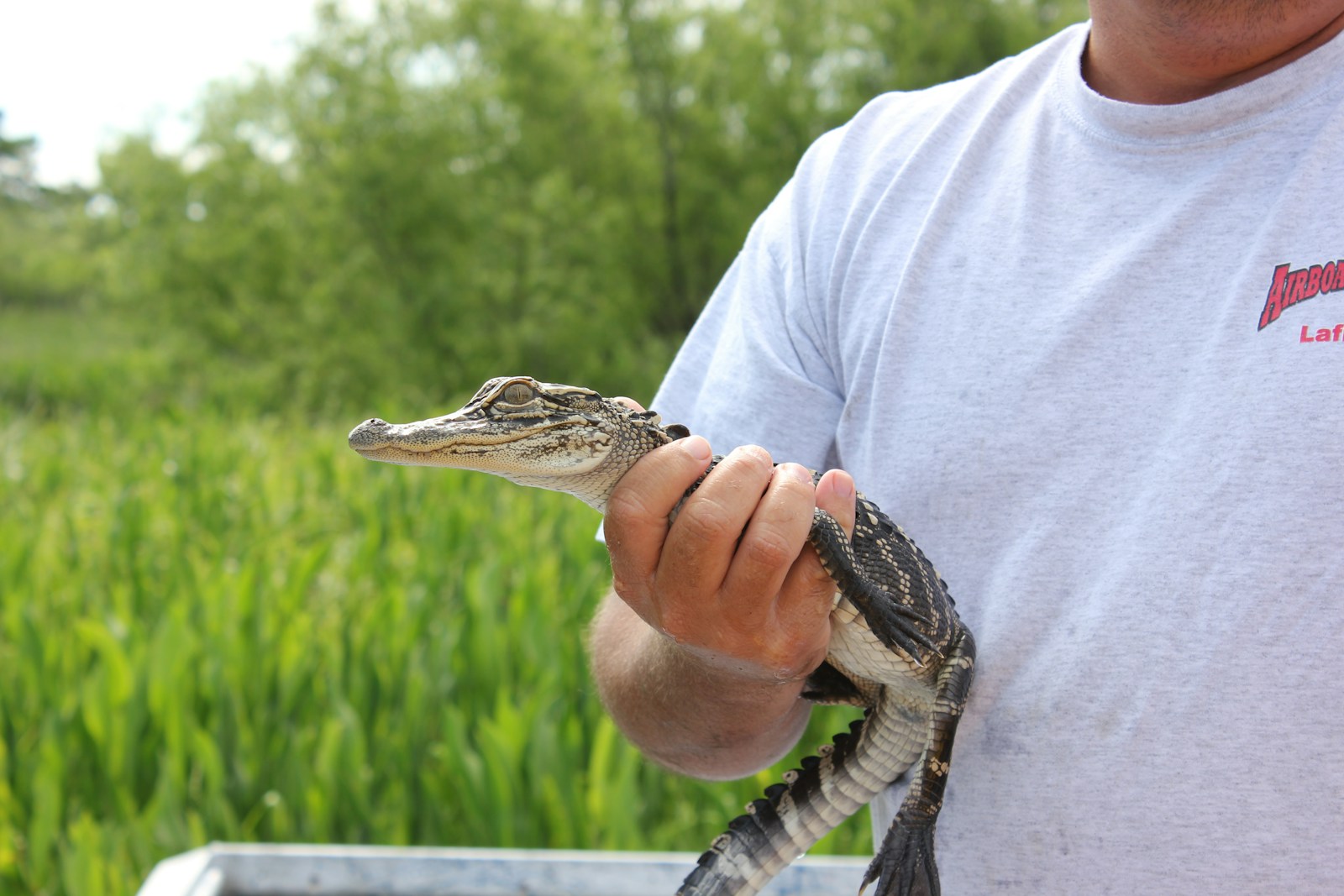

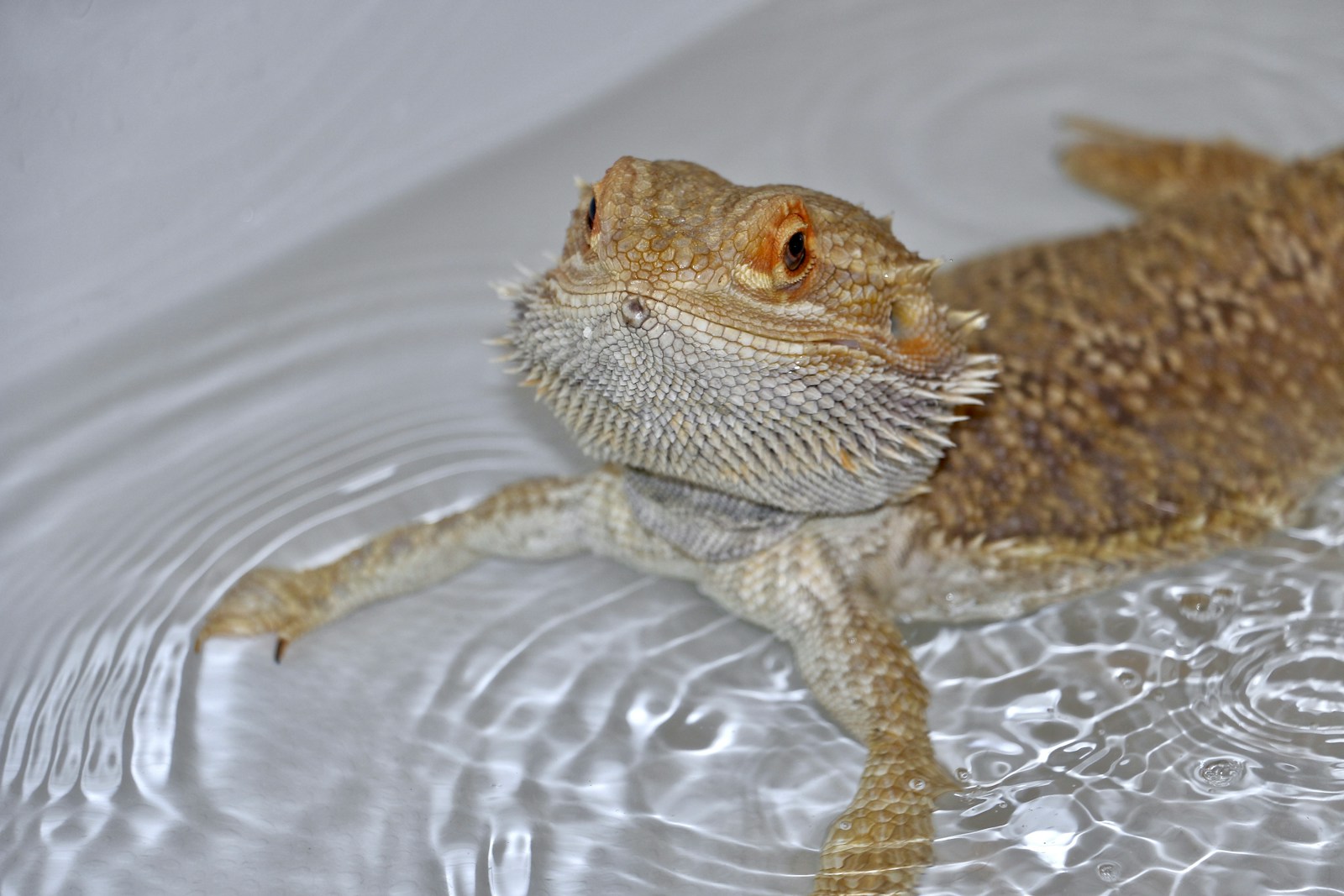
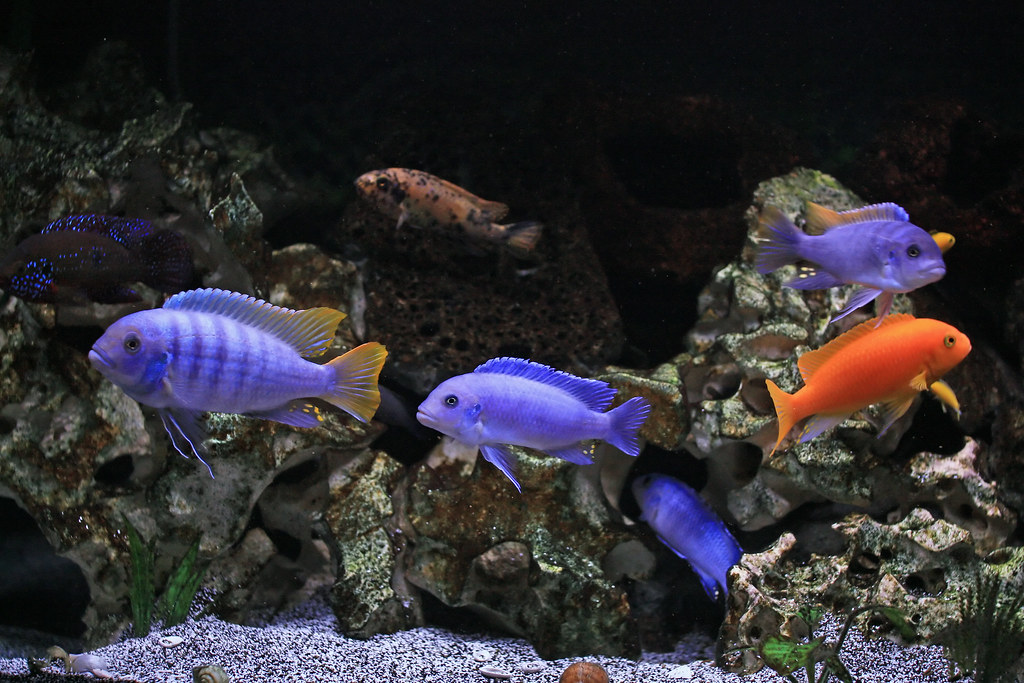
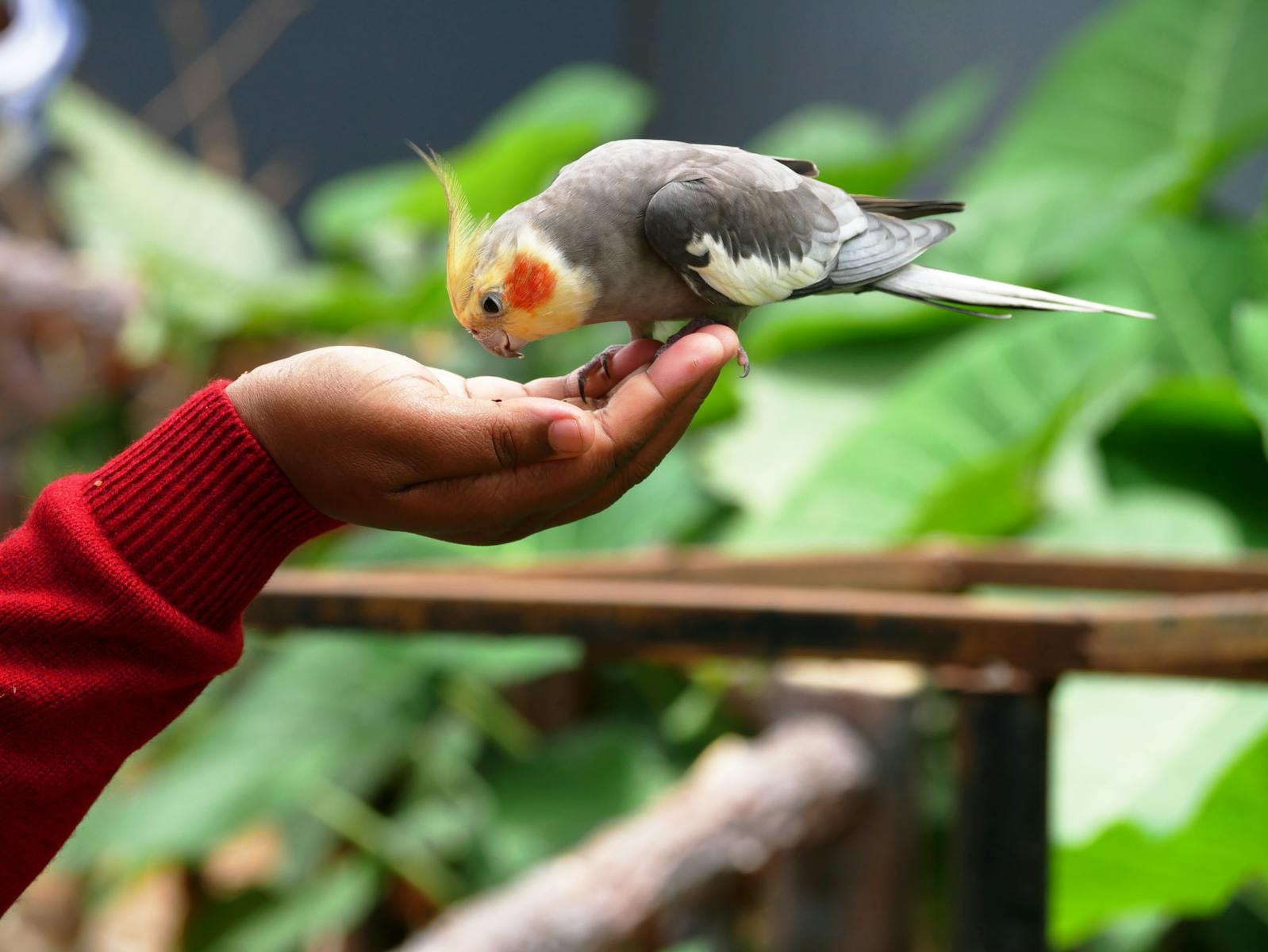
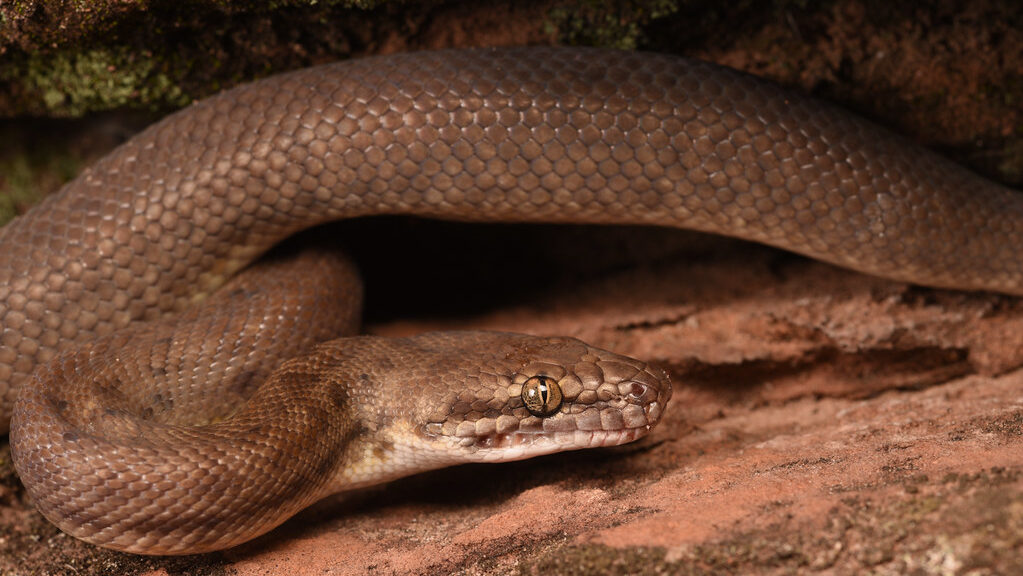
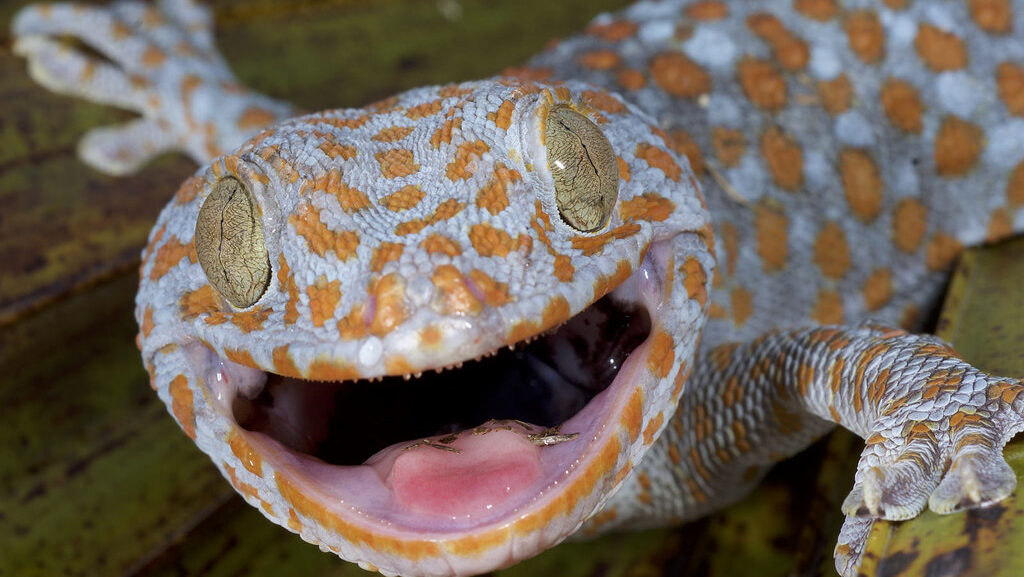
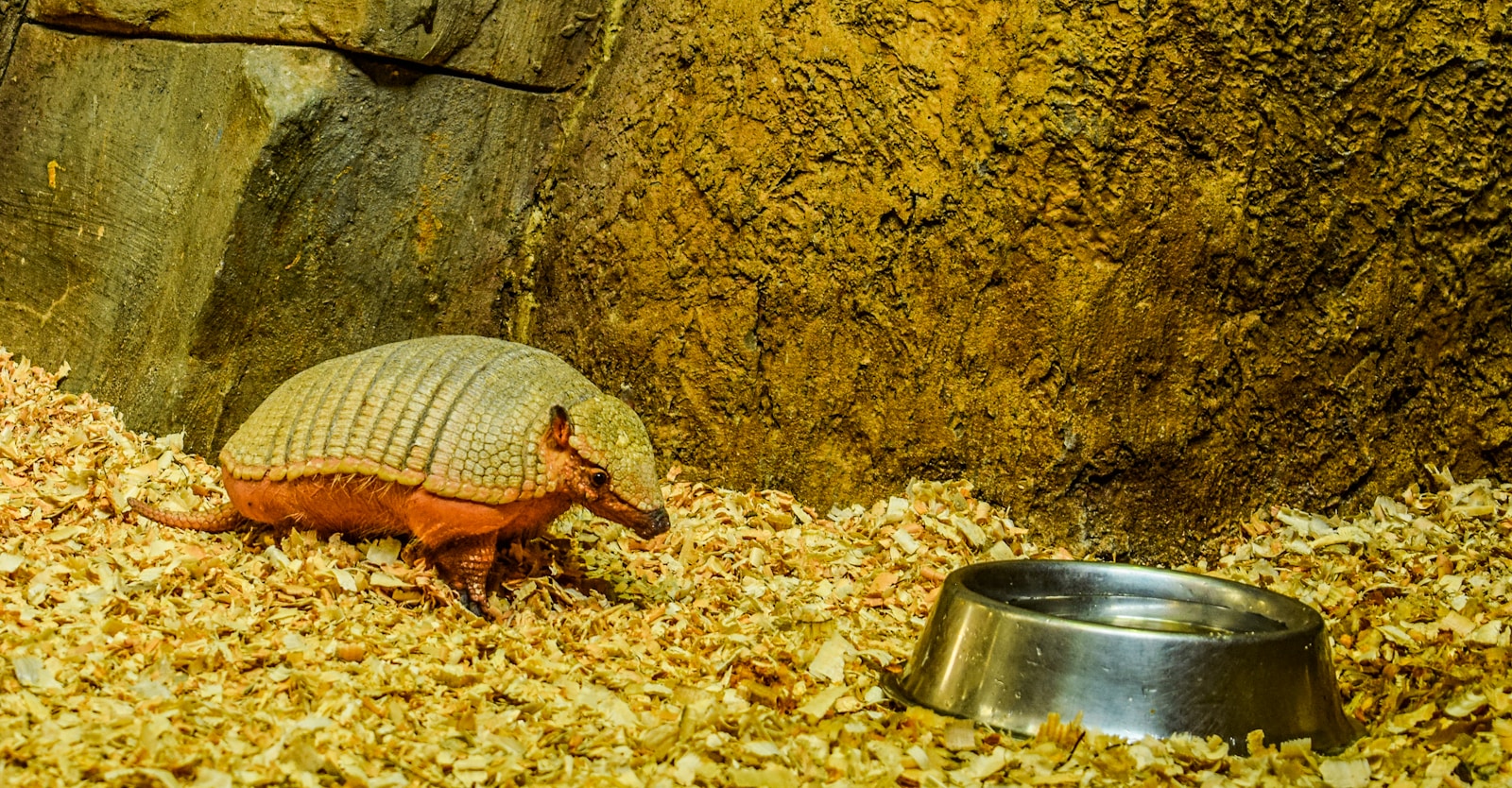




Leave a Reply